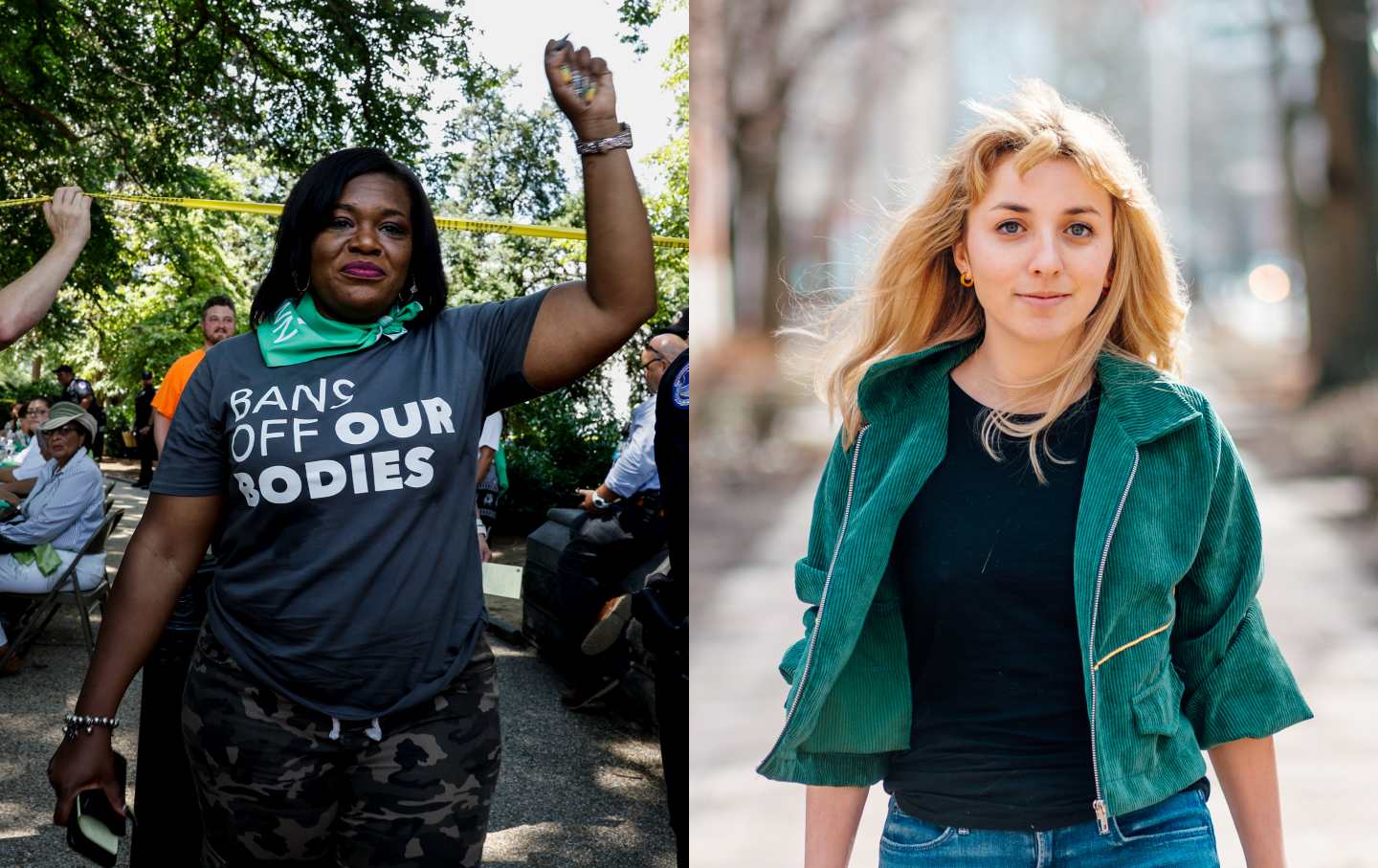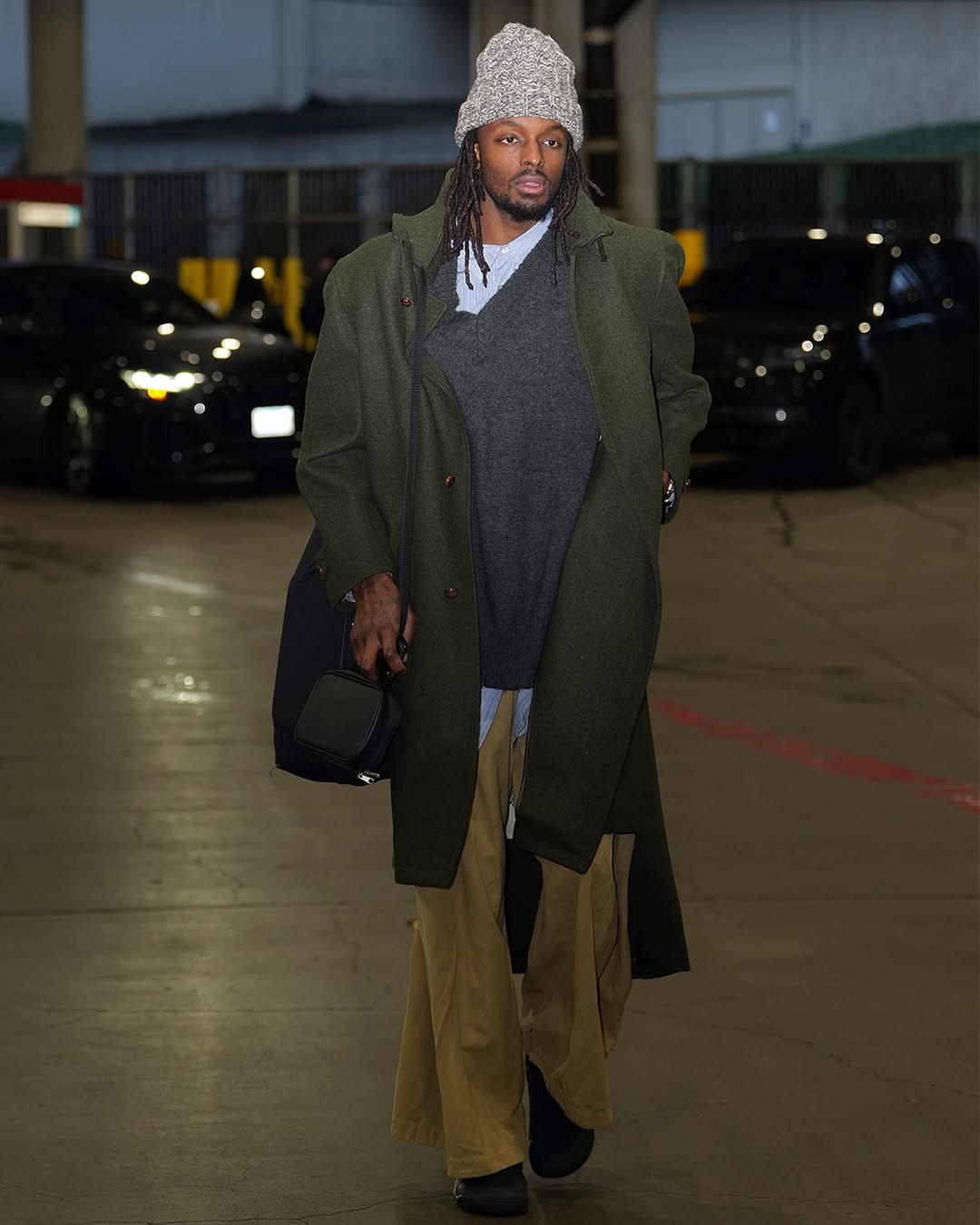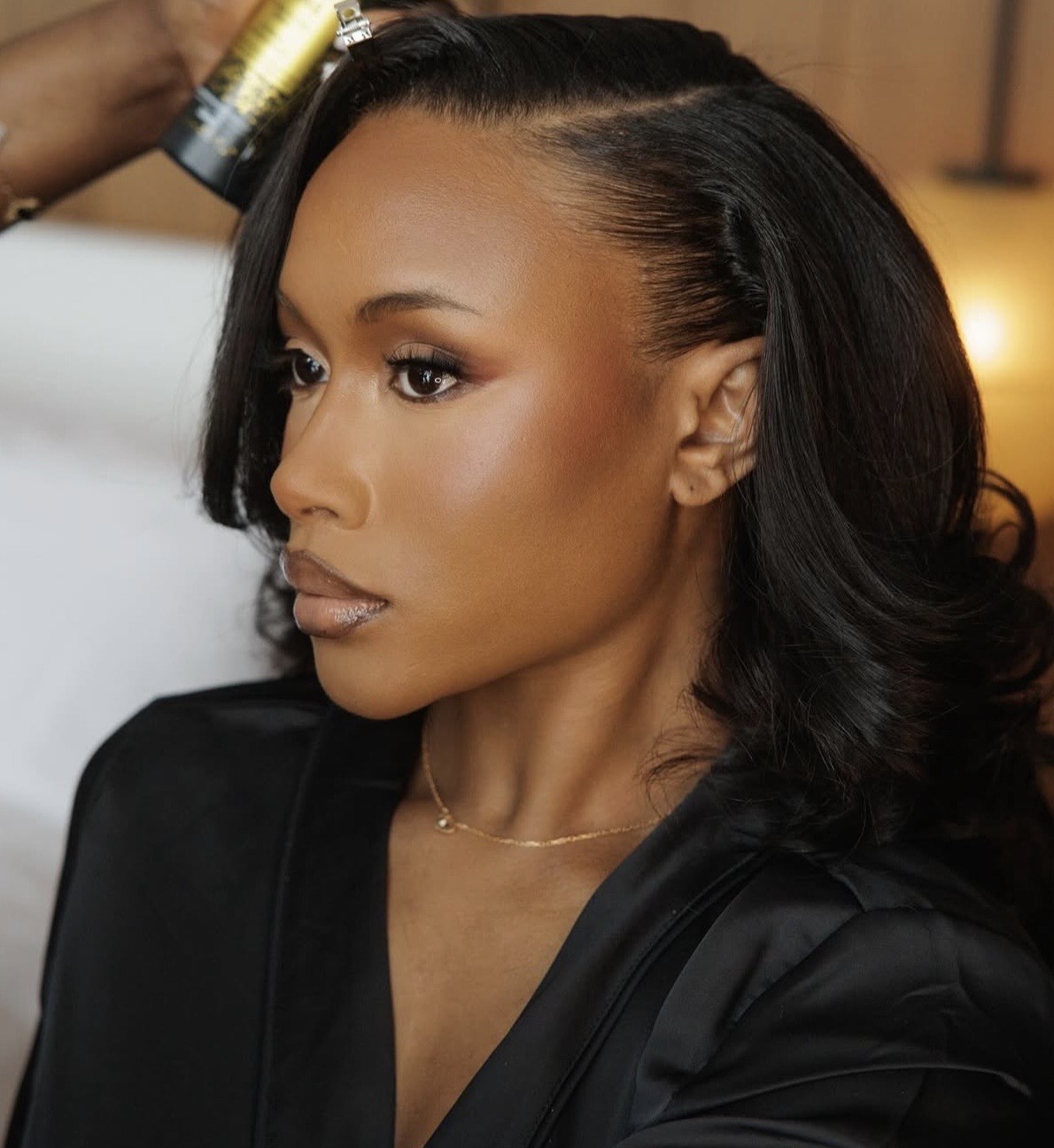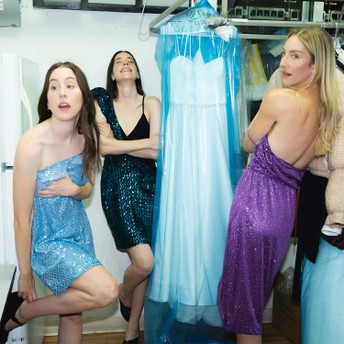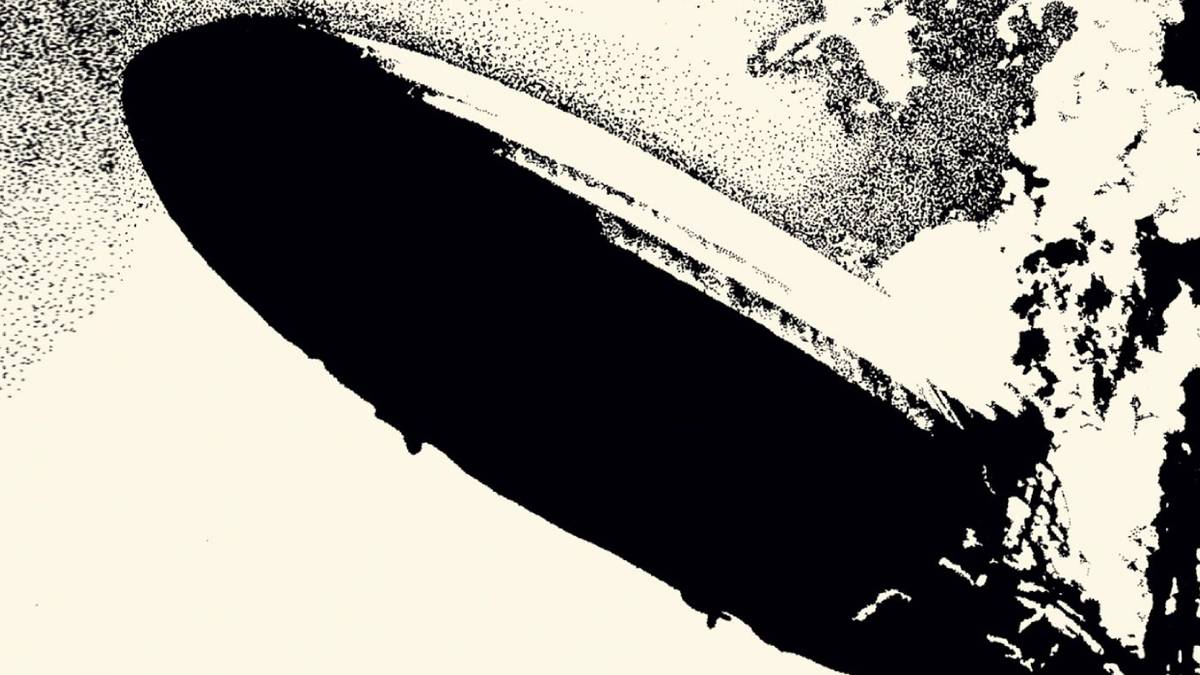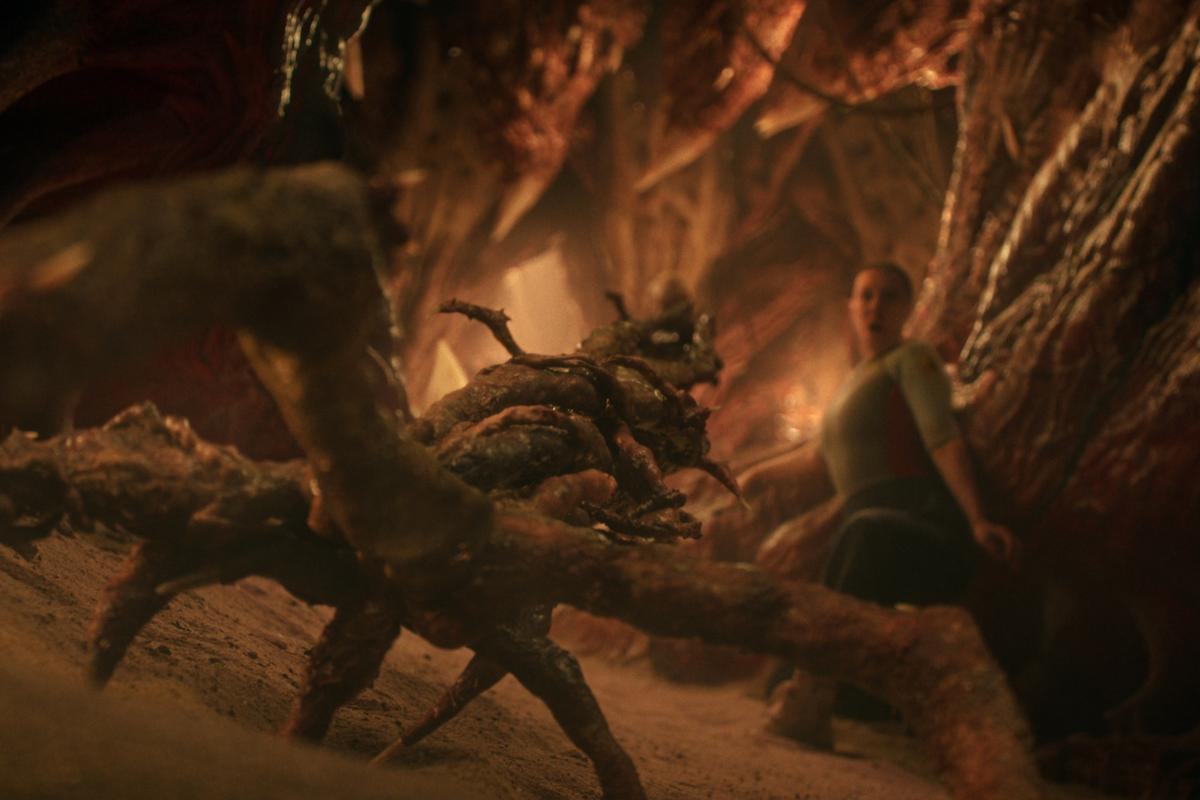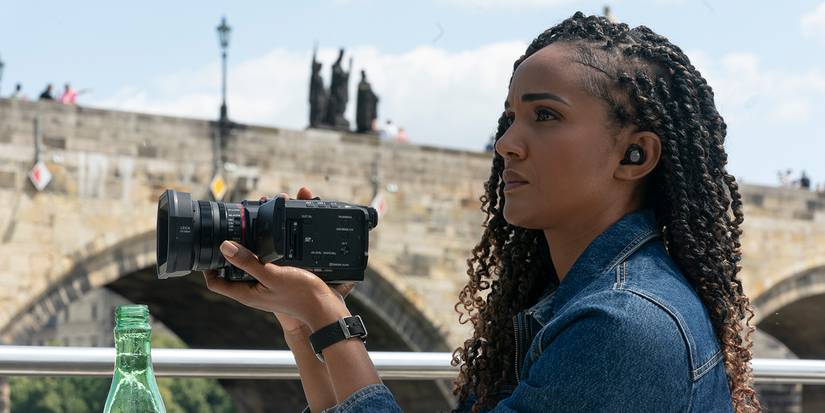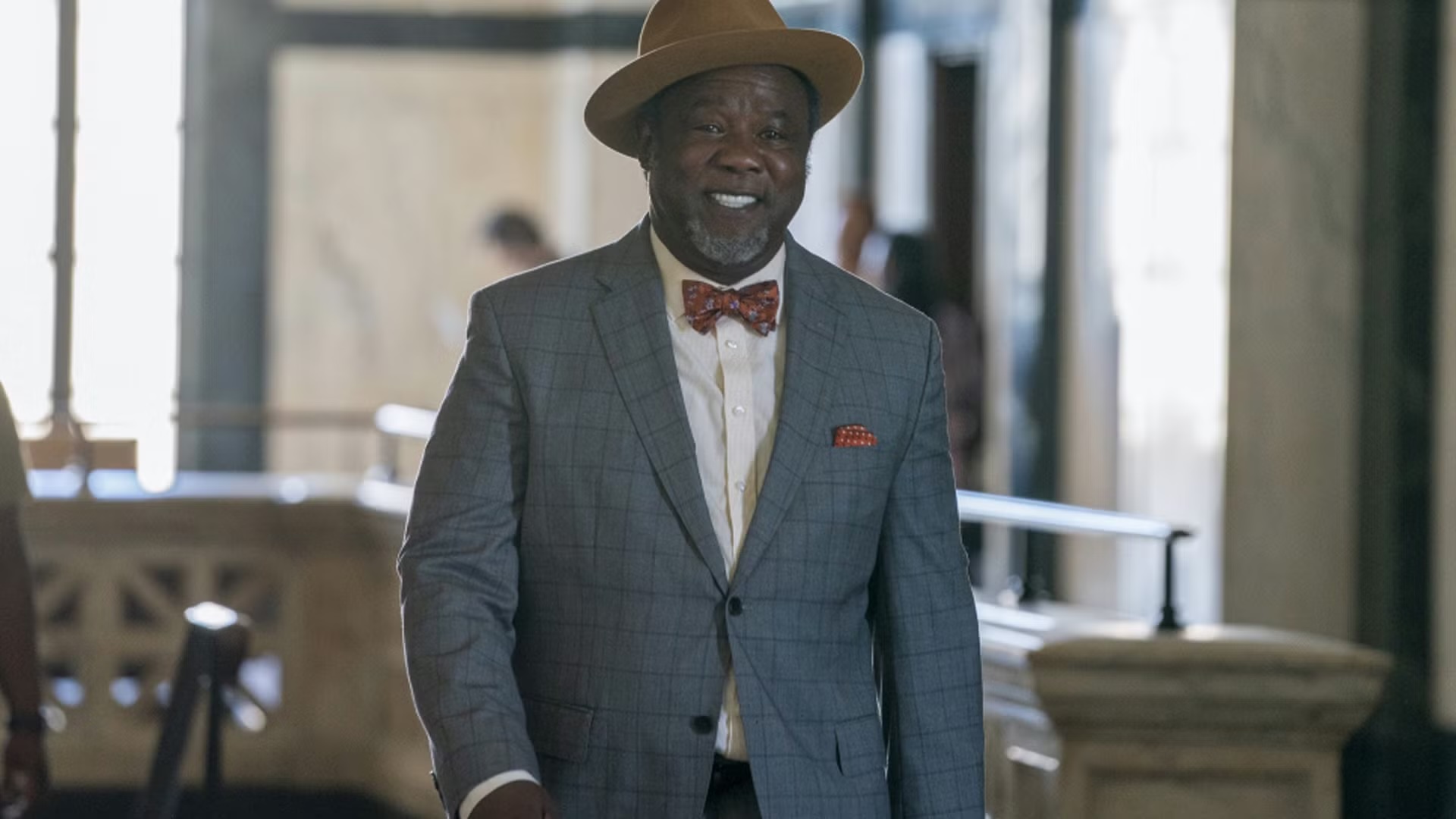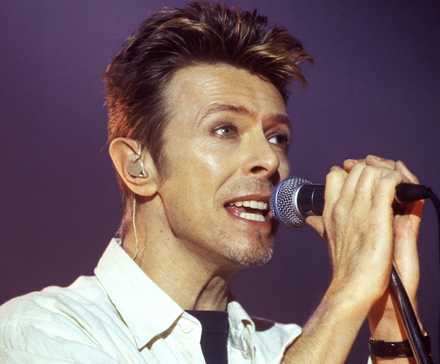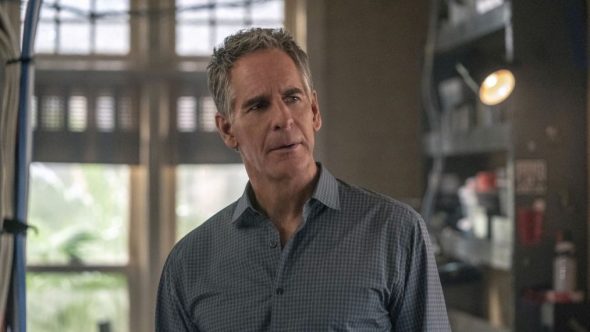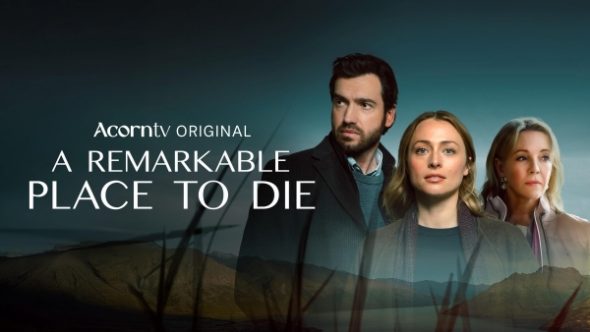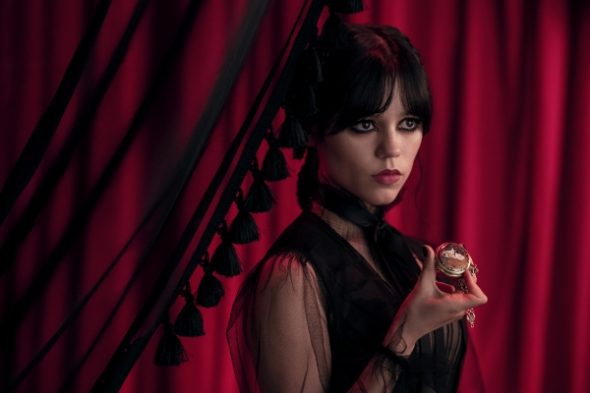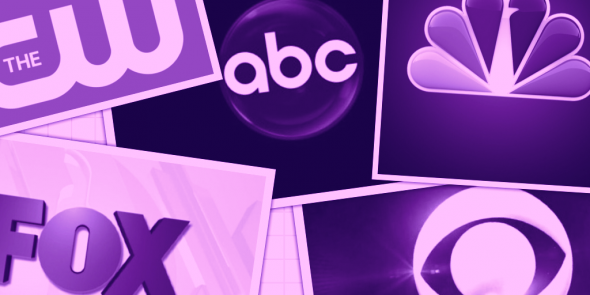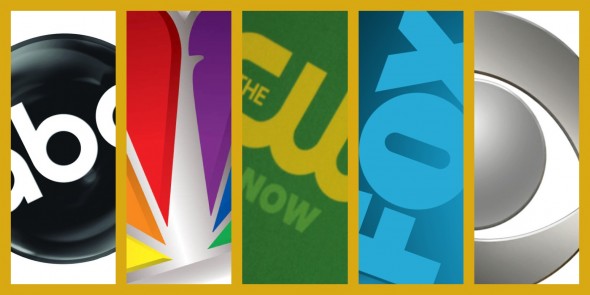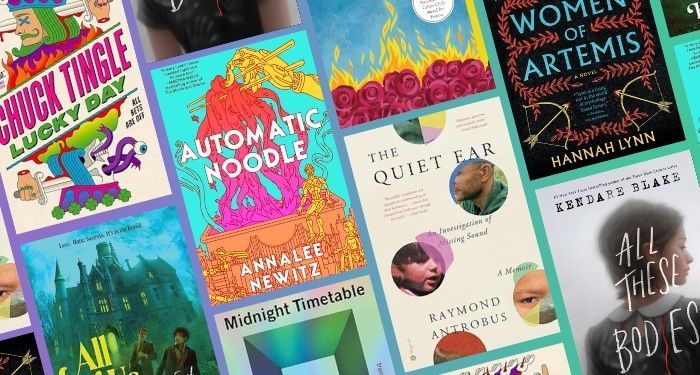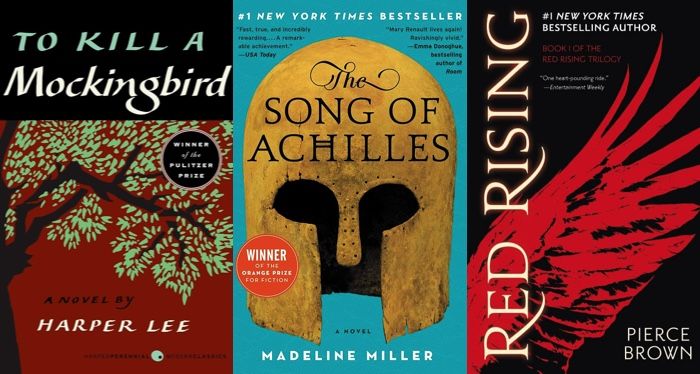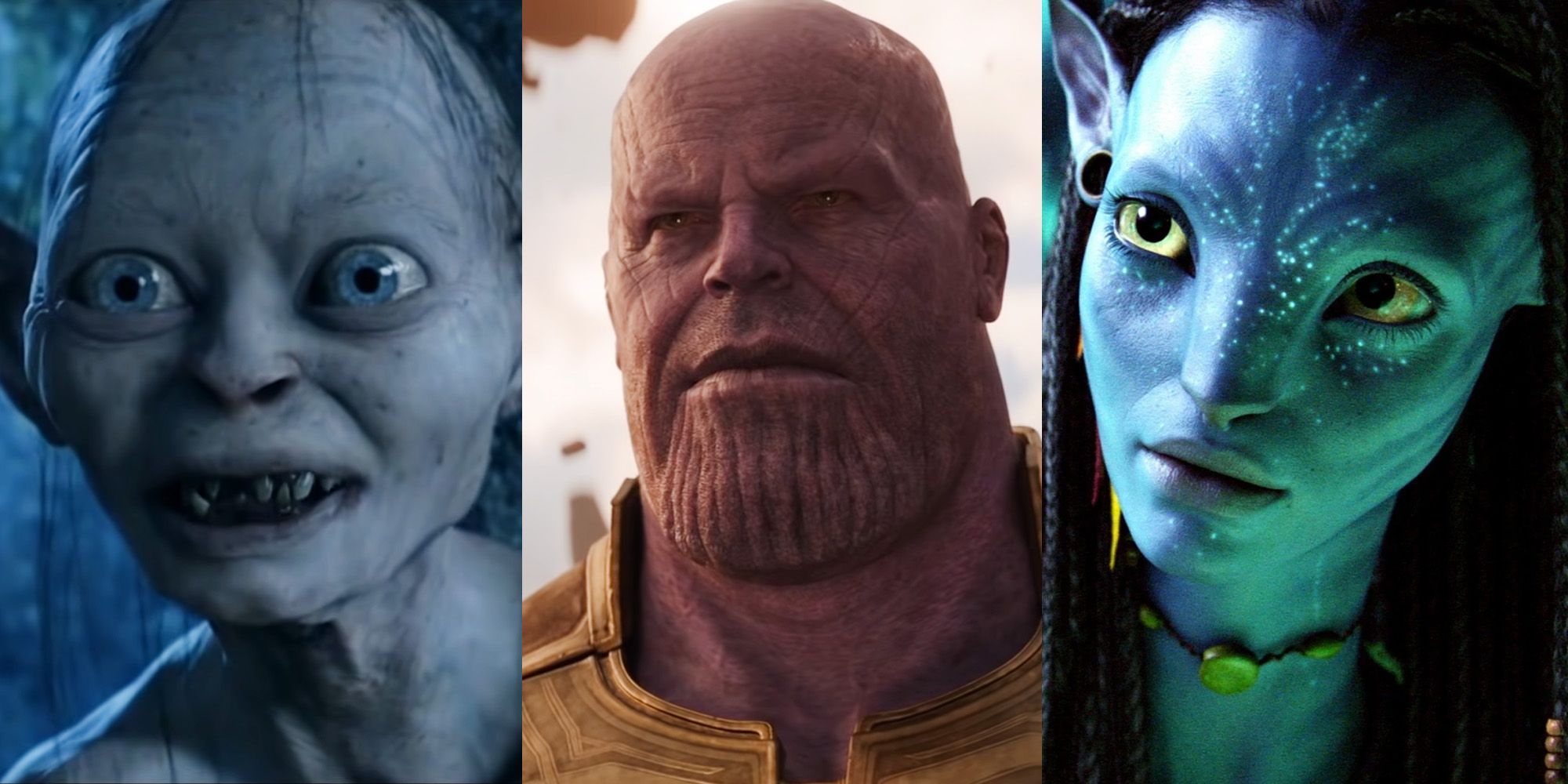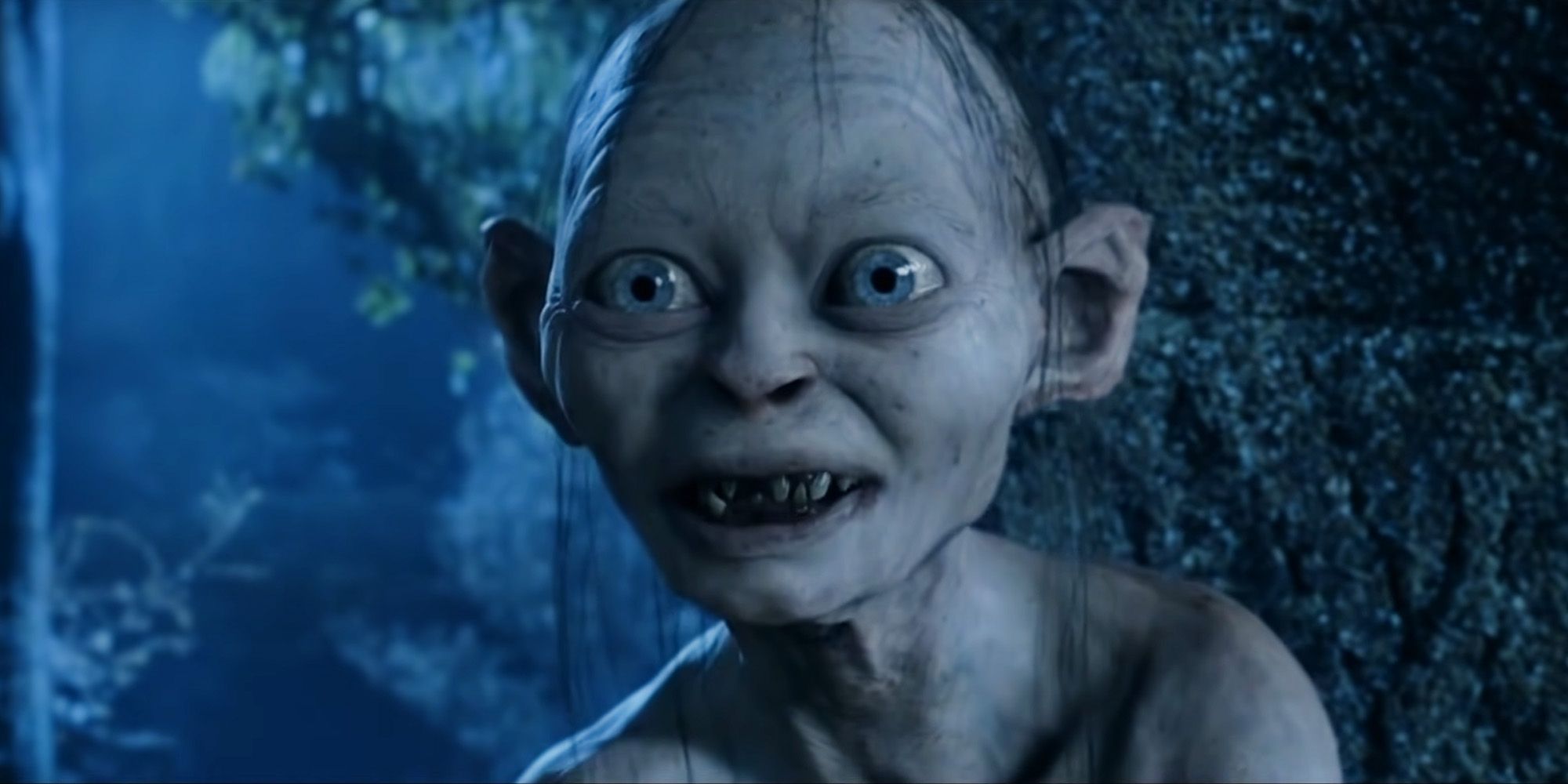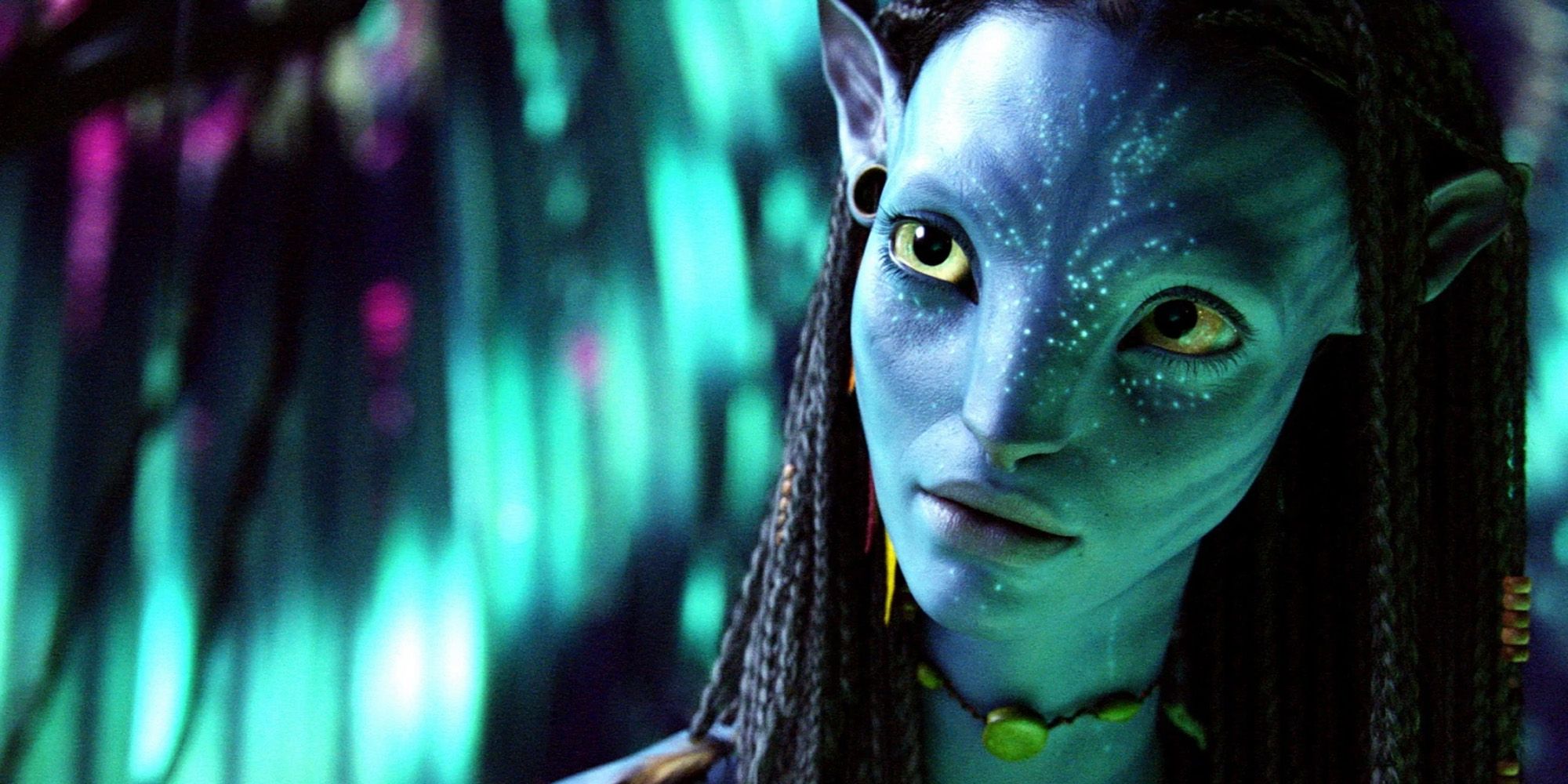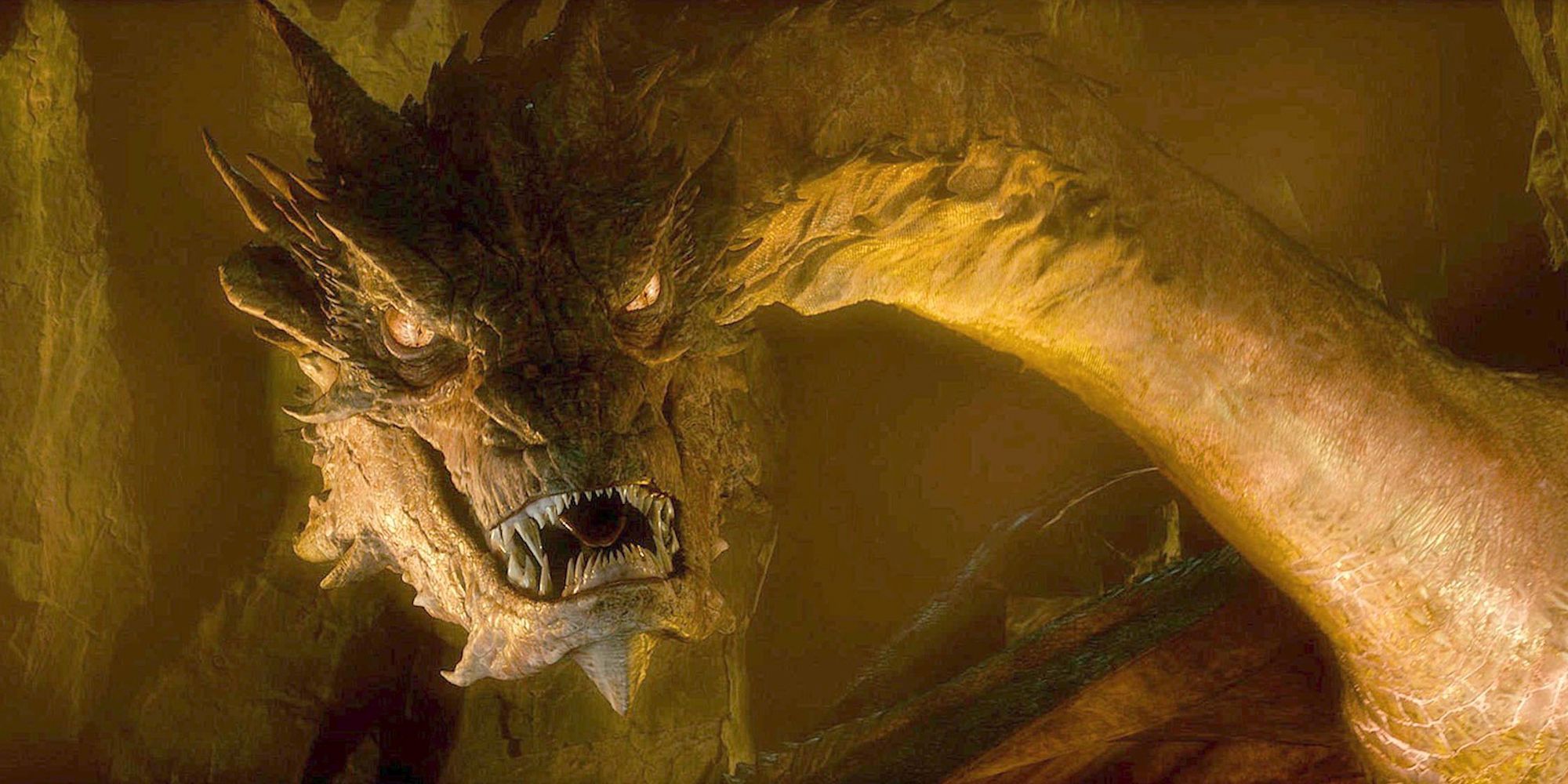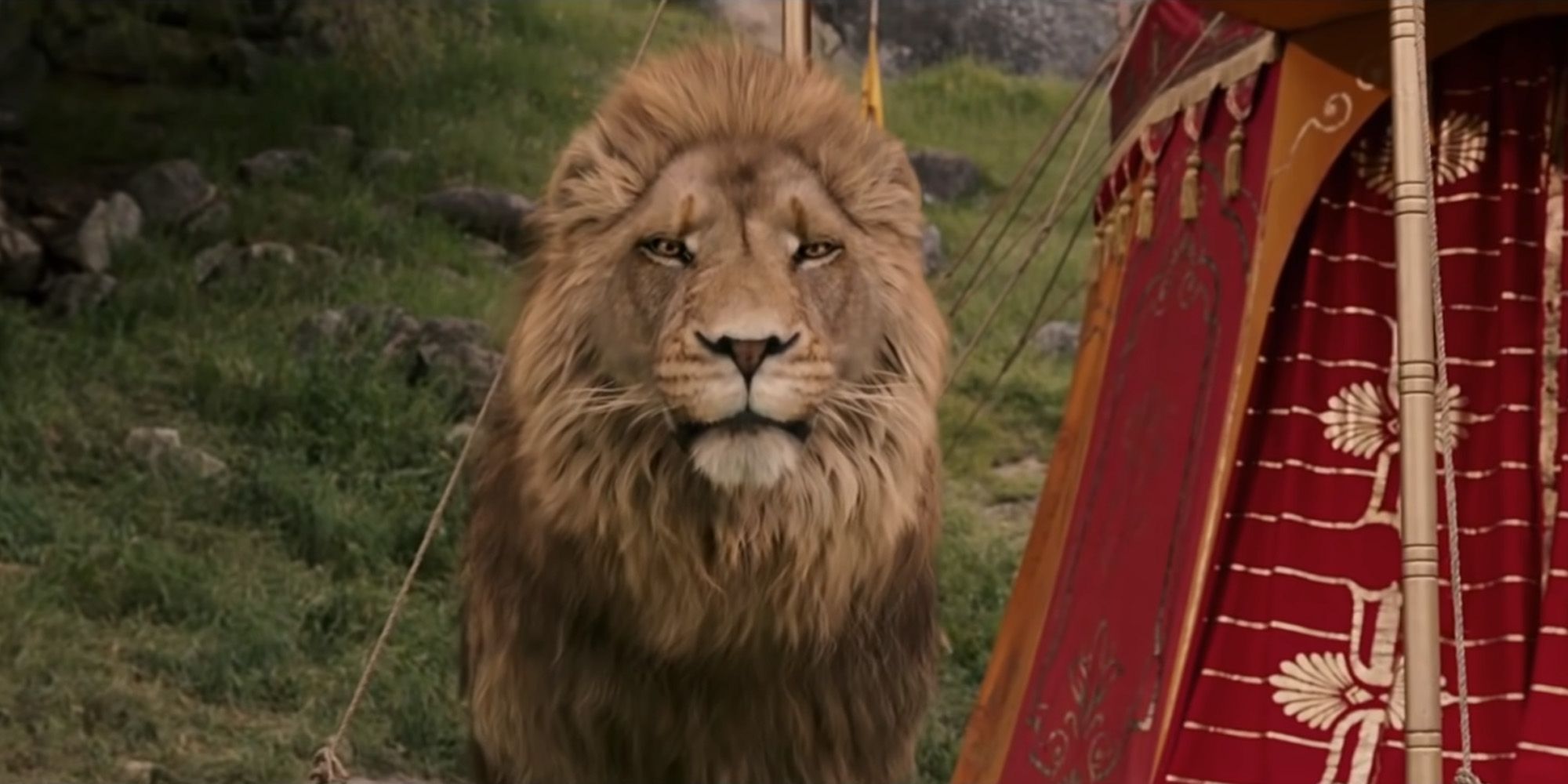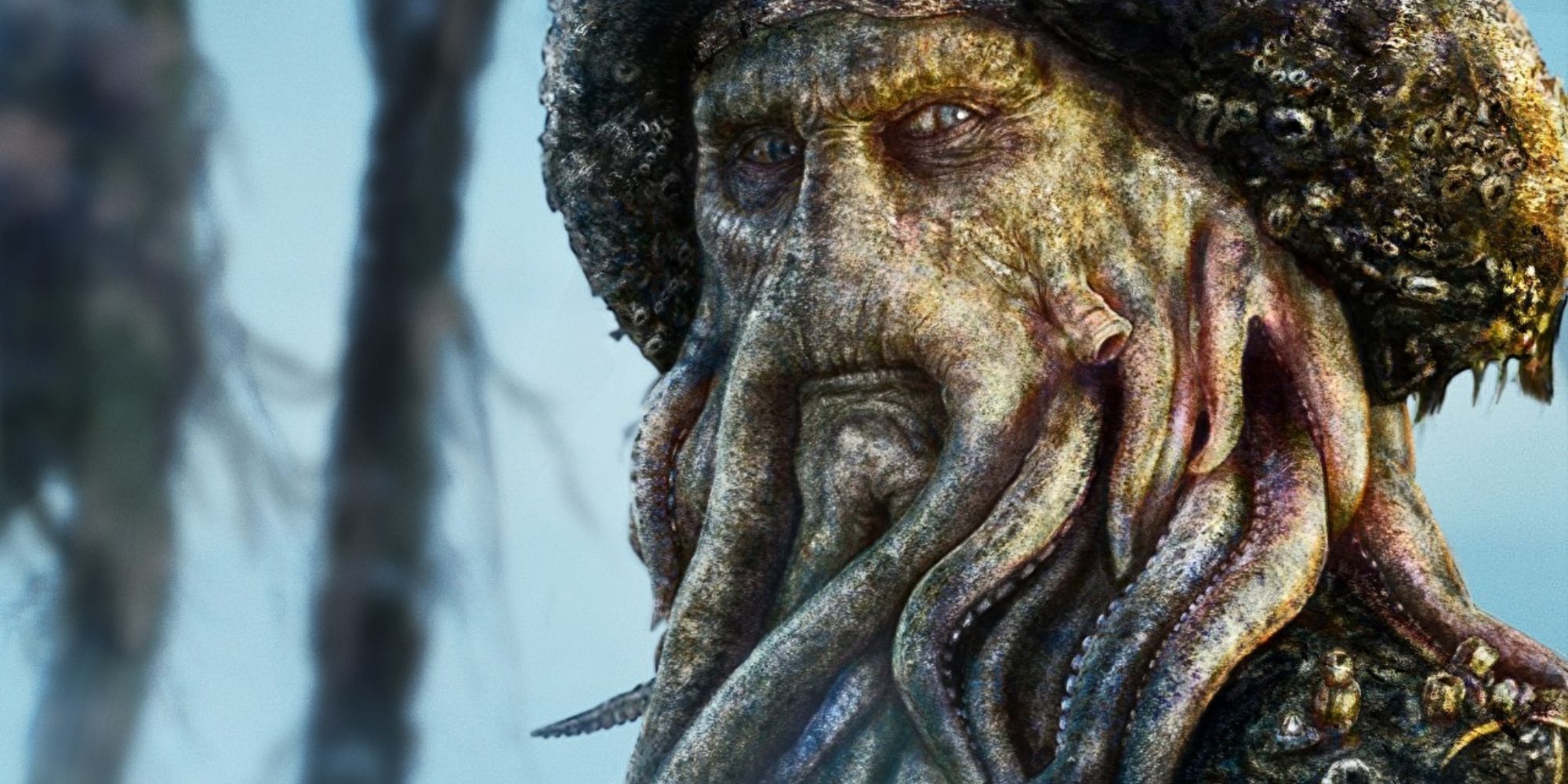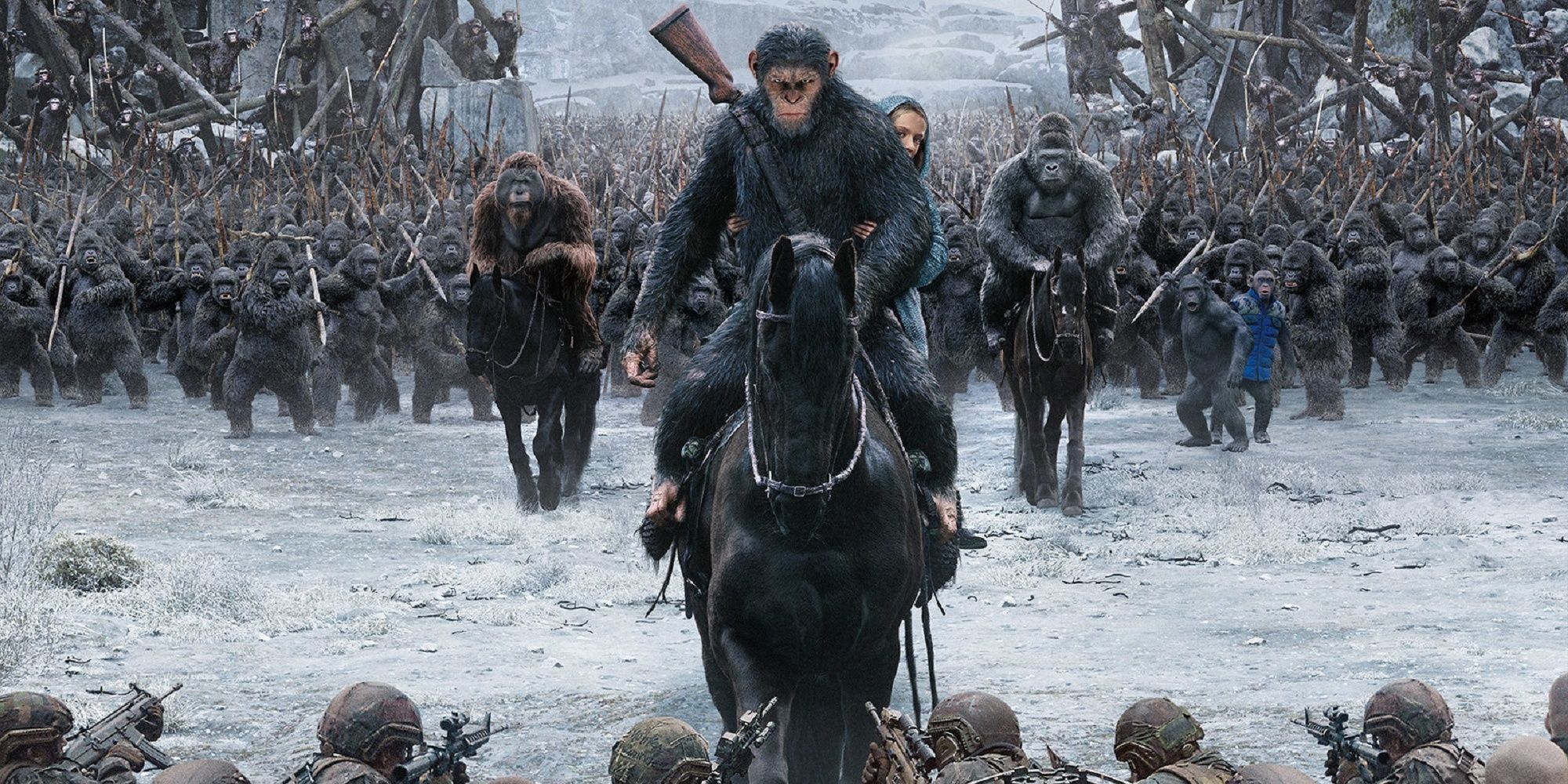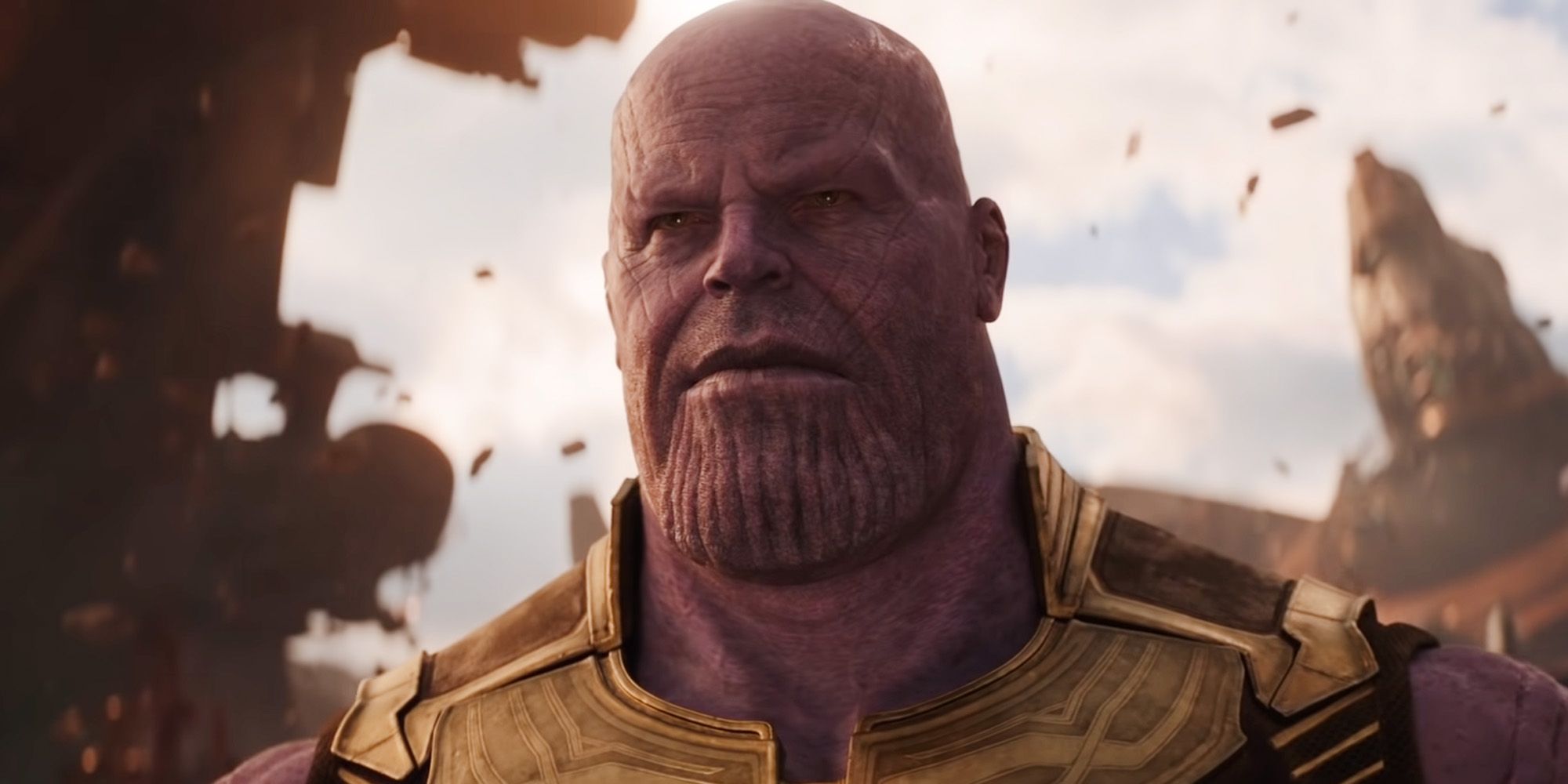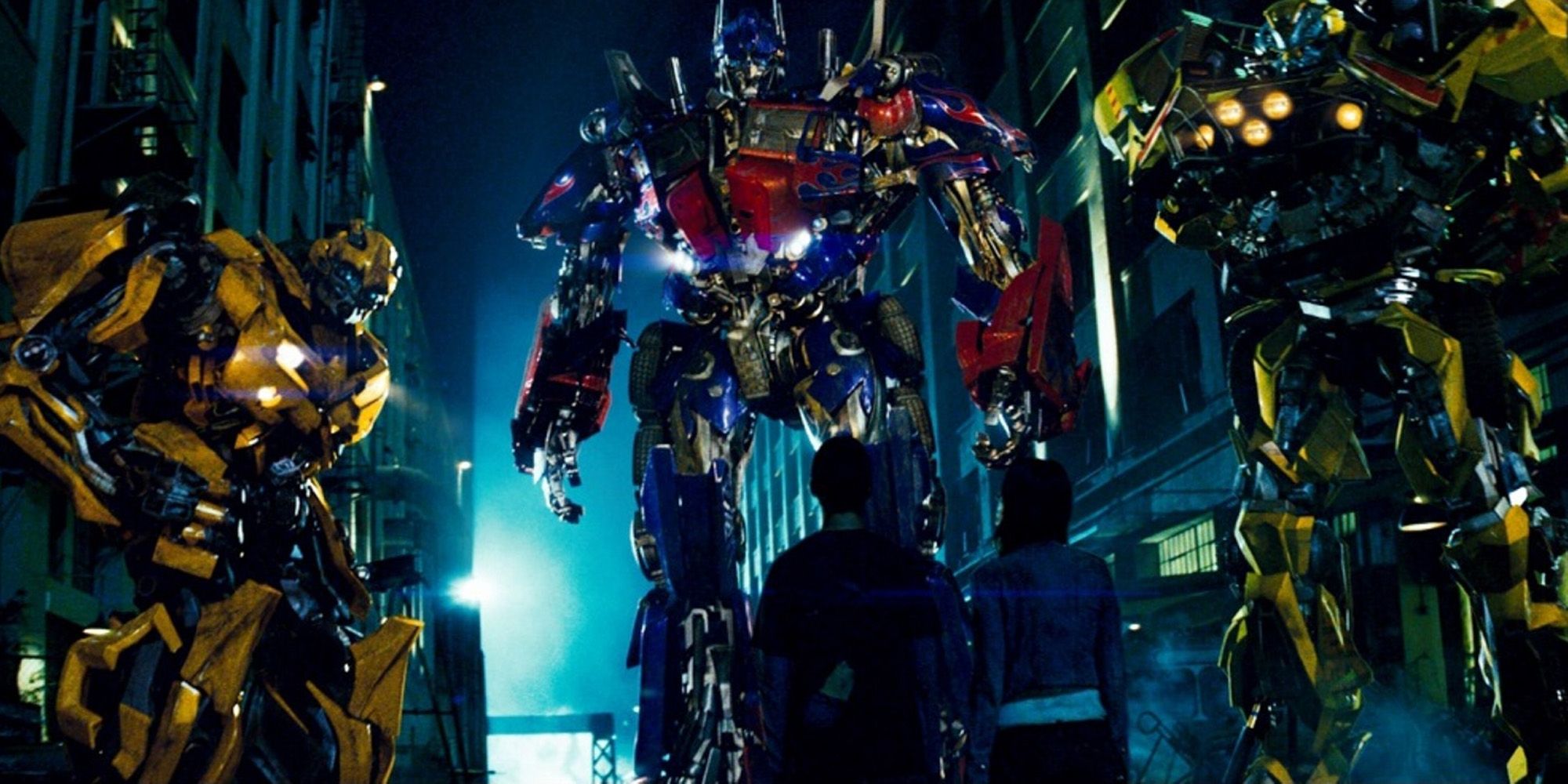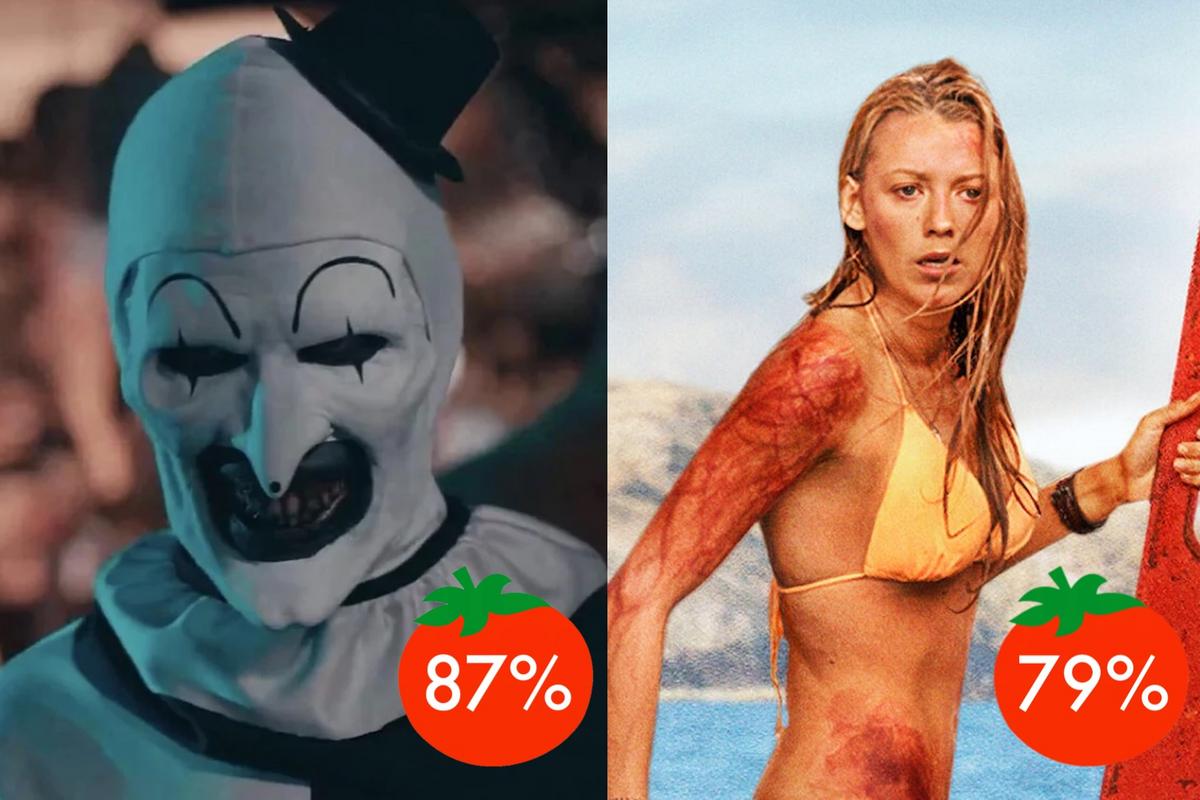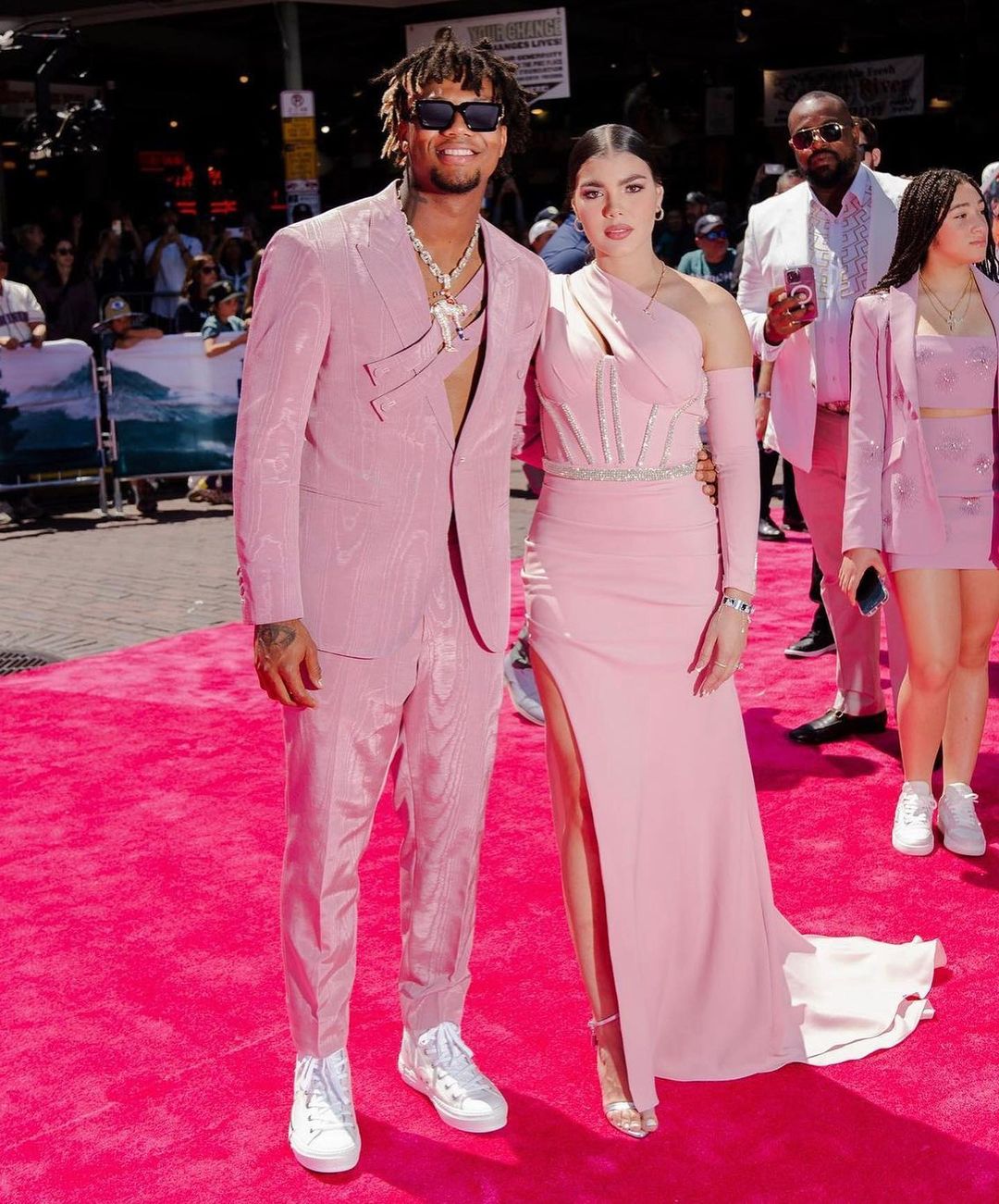[ad_1]
In the past 20 years, the level of detail and complexity available for computer-generated characters in live-action settings has leaped forward. Before, CGI characters had been cutting-edge renders of dinosaurs in Jurassic Park, various mythical movie monsters, dogs, and other animals sitting uncomfortably in the uncanny valley.
Modern movies have replaced entire actors, deep-faked faces, and voices and made aliens and mythical beings come to life as more than just monsters, creatures, and background elements. These are the most realistic CGI characters in-depth and design cinema has produced so far.
Gollum — ‘The Lord of the Rings’ & ‘The Hobbit’ Series
The Lord of the Rings brought many impressive feats to the advancement of CGI material, with the creation of large-scale armies and the level of detail needed to make Gollum feel as real as the Hobbits acting alongside him. With a combination of motion capture performances by Andy Serkis and hand animation to finesse the finer details, the films’ special effects, especially for Gollum himself, have aged incredibly well.
Beyond the visual textures and weight of the character, Gollum has a complex personality visible in acute expressions and lifelike ticks and quirks. Gollum’s a gangly, big-eyed river folk and even his return in the Hobbitfilms is a testament to the skill of the artists of 2001 that set the bar for many CG characters to come.
The Na’vi — ‘Avatar’ (2009)
The sequel to 2009’s Avatar is on the way, and James Cameron’s near fully-CGI sci-fi epic seamlessly blends motion capture and green screen elements, demanding much blood, sweat, and tears from the crew and actors to make it all happen. Everything from the imperfections of the Na’vi skin, the depth of their eyes, and the shadows through the trees all immerse the audience in this fantastical, fictional world.
The amount of worldbuilding beneath the surface of the film, every bush and tree having a backstory, the fully realized fictional languages they speak, and the presence of human actors right alongside them help ground these ten-foot aliens in reality, and The Way of Water shows it has only gotten better.
Smaug — ‘The Hobbit’ Franchise
If Weta Digital could make a realistic Gollum, the titular dragon of Desolation of Smaug wasn’t too far a leap forward in possibility. Though he’s not on-screen for very long compared to others on this list, he’s an incredibly realistic dragon brought to life through Benedict Cumberbatch’s fantastic voice acting, motion capture acting, and the work of the CG artists.
The shine of his scales, the weight of his ginormous body, and the way he moves around his sea of gold and the desolate halls of Erebor make the idea of a talking dragon in a world otherwise without speaking animals entirely plausible. To top it all off, his conversation with Martin Freeman’s Bilbo is also top-notch.
Aslan — ‘The Chronicles of Narnia’ Trilogy
Aslan walked so the Lion King remake could run — and ended up with a much more emotive lion than the hyper-realistic live-action adaptation achieved. Playing minor roles throughout the Chronicles of Narnia trilogy, Aslan stars among other mythical creatures like minotaurs, centaurs, and fauns that seamlessly blend their human and animal features.
Aslan himself comes across as so realistic because he’s so emotive, able to smile, frown, and show fear, anger, and sadness at the expense of documentary-level perfection. His fur feels real, Liam Neeson’s deep voice fits his appearance, and he’s a textbook definition of the benefit of sacrificing a little reality for the sake of a good story.
Davy Jones – ‘Pirates of the Caribbean’ Franchise
Curse of the Black Pearl flexed its CGI muscles with the skeletal crew of immortal pirates. Bill Nighy’s Davy Jones delivered even better. On paper, an immortal squid monster interpretation of the folkloric figure who turned evil due to a broken heart sounds a little ridiculous, and the motion capture suits on set look equally absurd. Davy Jones remains one of the most convincing CGI figures despite it all, credited to an incredible performance by Nighy and all the finesse put into his character.
Each of his beard tentacles has its own wormy motion, his skin looks like that of a slick and slimy octopus, and the rest of his fishy crew backs him up to match his slow metamorphosis into the weird and haunted creatures of the depths. Jones also succeeds with each tiny expression of wit, irritation, and smug satisfaction. It’s an over-the-top performance that’s perfectly delivered.
Caesar – ‘Planet of the Apes’ Franchise
The king of motion capture, Serkis returned to the sound stage to take on Caesar the chimpanzee alongside an ensemble cast of other apes. Once again, taking creative liberties at the expense of hyper-reality, Caesar laughs, cries, speaks, and emotes even more than some of the human characters within the trilogy – and still didn’t win an Oscar.
Everything from fur clumped together from the rain, the sign language of the other apes, and the tiny expressions by apes like Maurice the orangutan bring depth and nuance to these computer-generated characters.
Thanos – ‘Avengers: Infinity War’ (2018)
Thanos changed wildly from the teaser at the end of 2012’s Avengers. John Brolin’s portrayal of the Mad Titan and the advancement of imaging technology truly made Thanos the hero of his story in Infinity War. From a cameo appearance and a single ominous smirk to the full-fledged antagonist that shakes the Avengers team to their cores, Thanos is every bit the threat that ten years of movies built him up to be.
He’s got stubble on his jaw, tiny scars and tears across his face, and each interaction with real actors, whether choking Loki or taunting Thor or throwing Gamora off that cliff, makes audiences completely forget that he’s not real.
The Transformers –— ‘Transformers’ (2007)
Some might say they’re confusing messes of metal and machine that make it tough to distinguish one bot from another. The Transformers have always been unique in the need to make their bipedal forms convincingly fit their automobile alt modes, and that was the challenge facing the artists behind Michael Bay’s 2007 adaptation and some recent cartoons like Transformers: Prime. Everything from fenders to grills to exhaust pipes had to have their places, every gear and bolt its own moving part.
The way the movie is shot, the impressive level of detail in the robots’ design, the weight of several-ton metal creatures, and the little things — like Cybertronian symbols on Optimus’ helm- sell the idea that a truck can become a walking, talking, living machine.
[ad_2]
Original Source Link












